Menu
Land clearing is an essential step in many residential and commercial development projects, whether building new infrastructure, expanding urban areas, or creating agricultural fields. However, the land-clearing process can be overwhelming, increasing the risk of mistakes. If you have a land clearing project, the Driscoll Tree Service can help you avoid common DIY mistakes that have significant consequences. Here are land-clearing mistakes to avoid to mitigate unnecessary tree removal emergencies and a successful project.
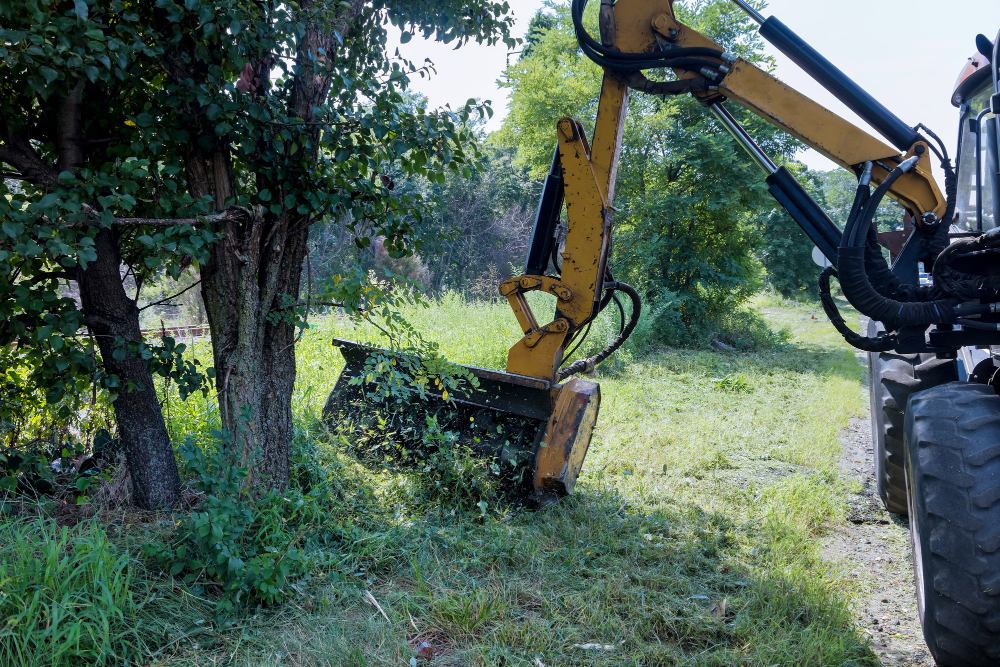
The most crucial mistake in land clearing is inadequate planning. Rushing into the project without a plan can cause unexpected issues and delays. Before starting any clearing activities, hire a tree care company to conduct a thorough site assessment. Our certified arborists consider factors like soil quality, topography, environmental regulations, and protected species to help you make an informed decision. In addition, working with a trusted tree service helps you allocate resources efficiently and avoid costly surprises later on.
Another mistake DIYers make is ignoring or failing to comply with environmental regulations. This is a serious mistake in land clearing that compromises your safety and risks legal action. Many areas have strict rules and permits protecting the environment and wildlife, hence the need to leave the heavy lifting to a professional tree service. Clearing land without the proper permits or without taking environmental considerations into account can cause expensive consequences. Before undertaking a land clearing job, consult local authorities and environmental experts to understand and follow set regulations, such as erosion control measures and habitat preservation.
Selecting the wrong equipment for land clearing can cause inefficiencies and increase the project’s overall costs. Whether you need bulldozers, excavators, or specialized equipment, choosing the right machinery for the job is essential. When you hire a tree care company, you don’t have to worry about oversized or undersized equipment damaging the land, increasing fuel consumption, and extending deadlines. We recommend hiring arborists to determine the most suitable machinery for your specific project.
Clearing land often involves topsoil and tree removal. Neglecting soil health during this process can have lasting effects, such as erosion, compaction, and nutrient depletion. These problems can arise if the soil is not managed properly during clearing. The best way to maintain soil health during and after a land-clearing project is to implement erosion control measures, preserve topsoil for later use, and plan for soil remediation and reconditioning.

Safety is a top priority during land clearing. If you don’t address safety concerns, it can cause accidents, injuries, and even fatalities. Professional tree service providers are trained in the operation of equipment and handling of hazardous materials. It gives you peace of mind. As mentioned, land clearing can be overwhelming, and that’s why you should hire an expert to implement safety protocols, provide personal protective equipment, and conduct regular safety inspections. This goes a long way to minimize risks on the worksite.
Successful land clearing requires planning, adherence to regulations, proper equipment selection, and a commitment to environmental safety. Avoiding common mistakes in land clearing helps your project run smoothly and minimizes negative effects on the environment and surrounding communities. Contact us at the Driscoll Tree Service to ensure you recognize and address potential pitfalls.

Why Topping is Harmful for Trees Tree topping is often regarded as a controversial practice in arboriculture. This haphazard tree trimming exercise often causes severe disfigurement, compromising the overall aesthetics of your landscape. While tree topping offers a quick solution…
Read More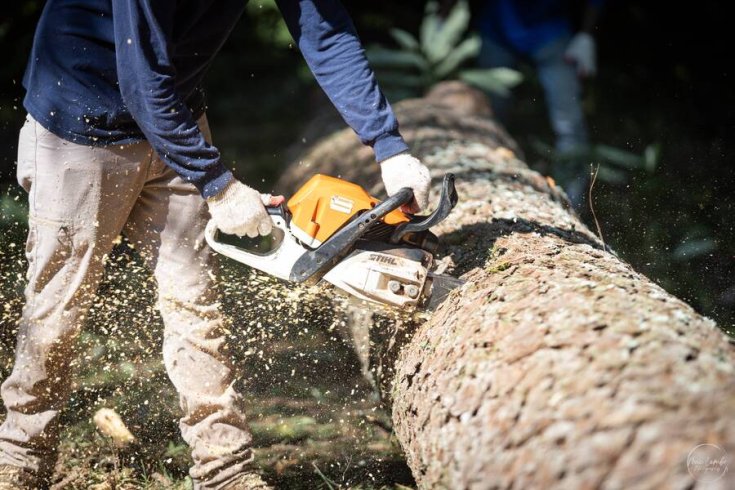
When Is It Time to Say Goodbye to a Tree? Signs Your Tree Might Be Better Removed There’s nothing like sitting under a shady oak on a hot Georgia afternoon or watching the dogwoods bloom in spring. We love trees…
Read More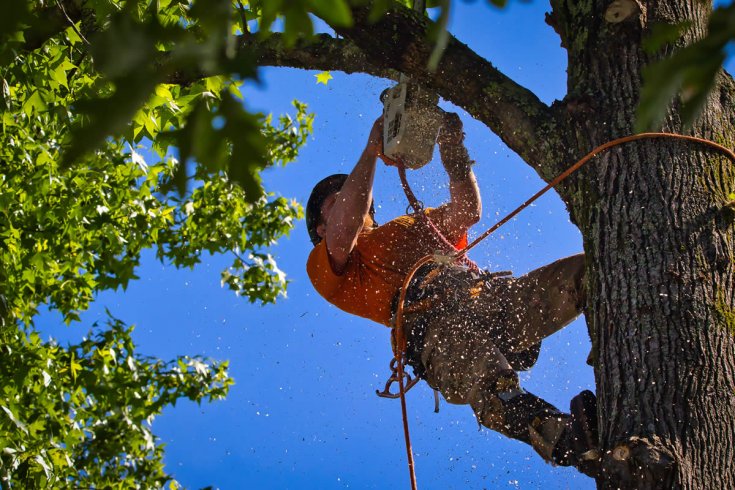
Why You Need an Arborist to Prune Your Trees Tree pruning is a vital part of property maintenance, but it's not a job for everyone. Mistakes made while pruning or trimming your trees could result in poor tree health, property…
Read More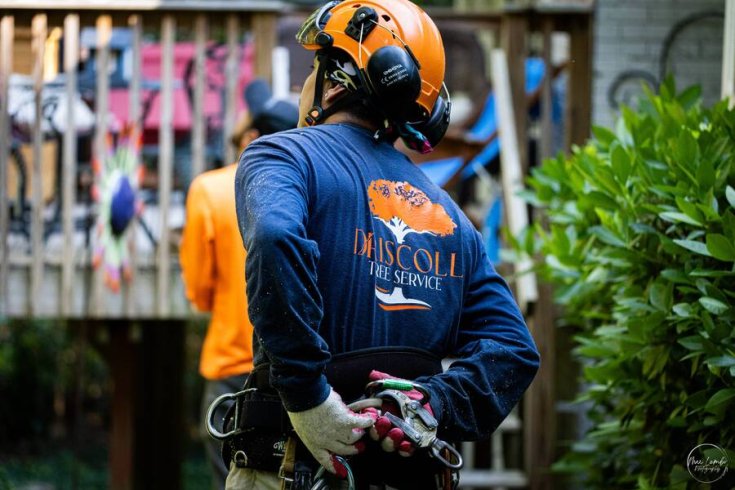
If you’ve lived in Metro Atlanta for a while, then you know we love our trees. Drive through Decatur, Marietta, or Roswell and you’ll see streets shaded by towering oaks, pines, and maples. For most of us, those trees aren’t…
Read More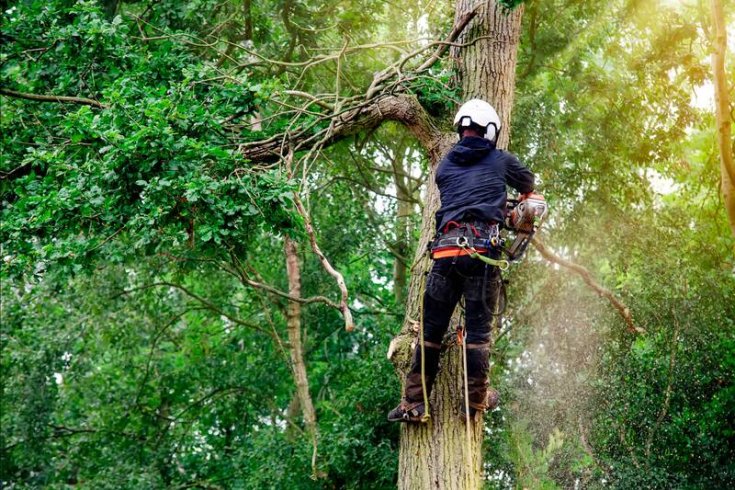
Tree Roots and Your Foundation: What Homeowners Should Know We like to think of trees as majestic givers offering shade on a blazing Georgia afternoon, adding character to a property, and even producing fresh fruit given the right season. But…
Read More
How Tree Roots Damaging Your Pipes Trees are attractive elements in your garden that provide shade and enhance the beauty of your space. However, the giant trees can cause problems to your property’s foundation and plumbing system. These roots are…
Read More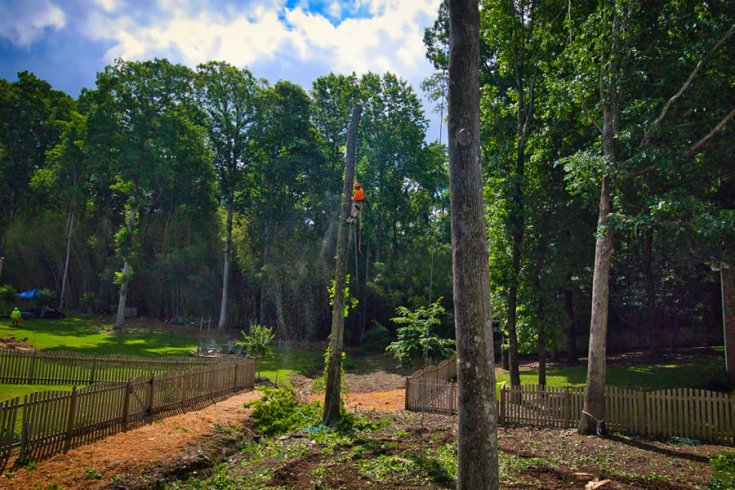
How to Tell if a Tree is Dead or Dying Trees are a valuable addition to any landscape; after spending a lot of time with them, you can tell when something is off. Some signs of damage can be detected…
Read More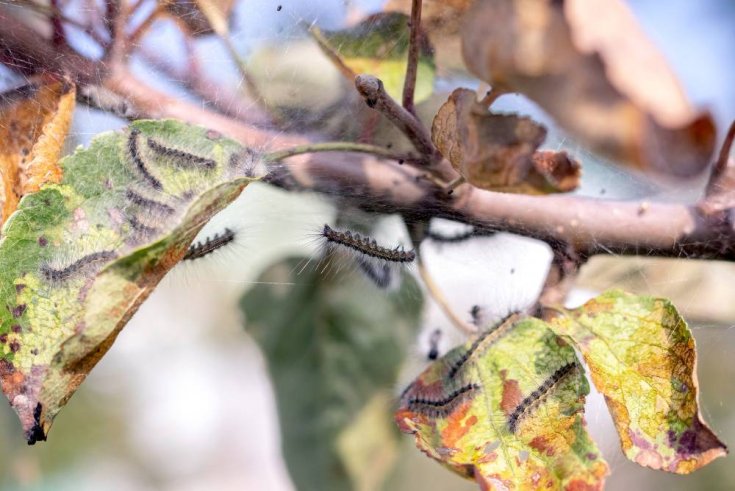
How to Help Prevent Tree Pests Trees are vital to our environment, providing many benefits like shade, oxygen, and beauty. However, they are also susceptible to pests that can cause significant damage and premature tree removal if left unchecked. Driscoll…
Read More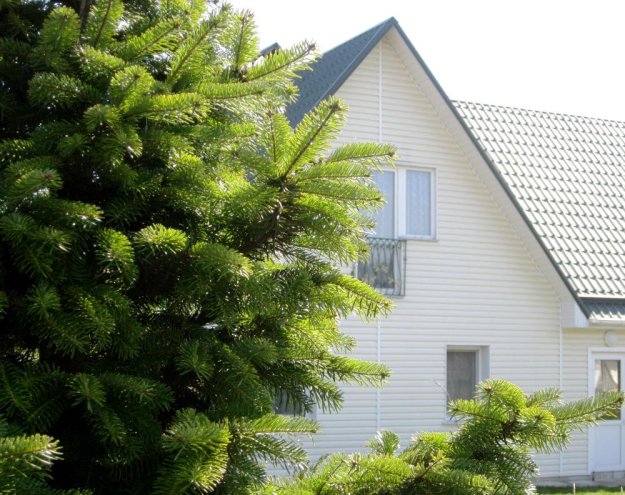
Trees and Your Home: Tips for Extending the Lifespan of Your Roof A well-maintained roof is crucial for any home, as it protects against the weather and maintains structural integrity. While trees can enhance property beauty and value, if they…
Read More
Benefits of Planting Trees Out of all the things you can do to enhance the aesthetics and value of your property, planting trees is at the top of the list. However, planting trees has many benefits, including social, environmental, and…
Read More